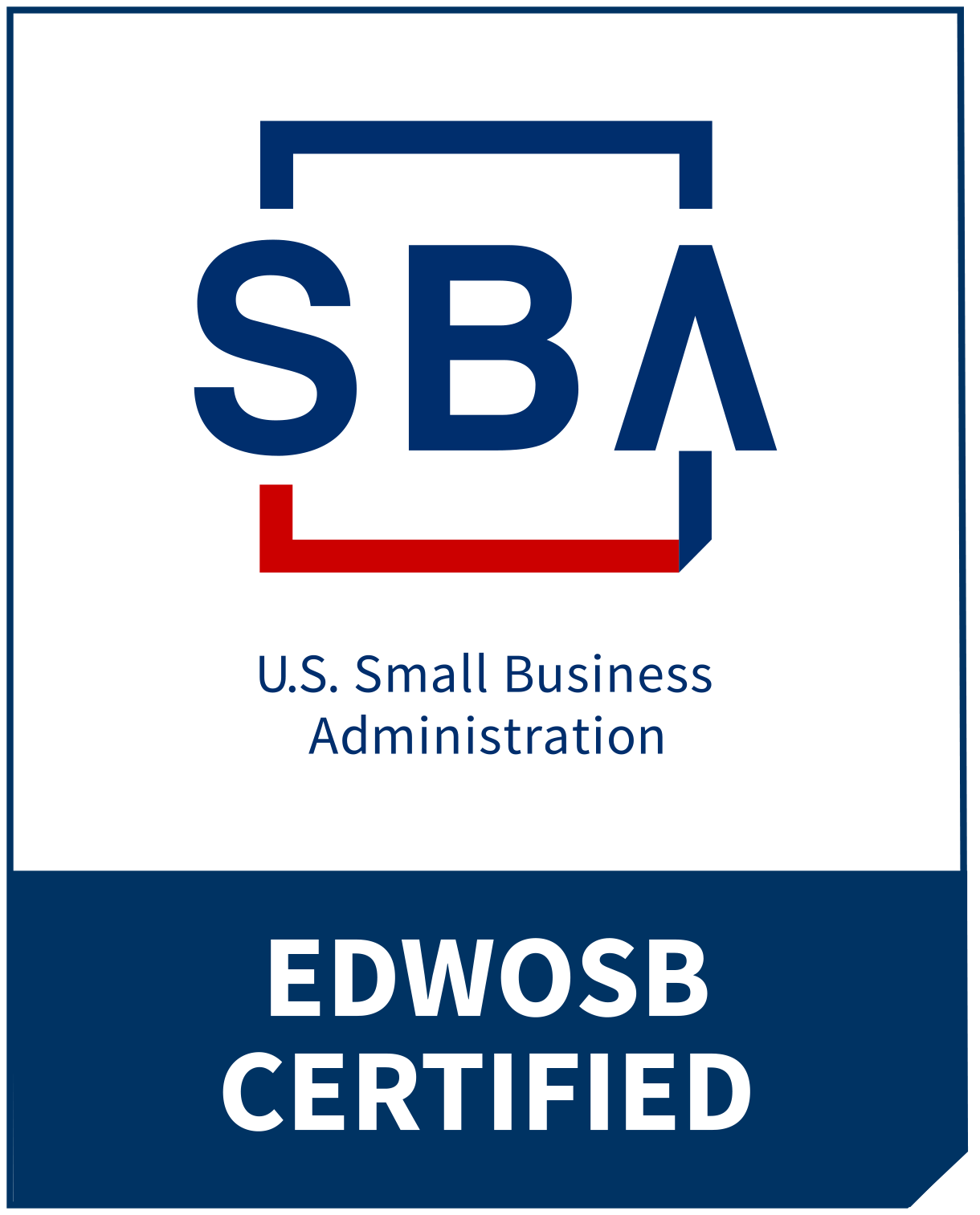Cybersecurity is a growing concern in all areas of life. Businesses and political entities were put on high alert when the SolarWinds hack took place back in 2019. Individuals have...
1. Do Your Homework with Providers
Most of these recommendations have to do with cleaning up existing financial investments. However, it’s worth taking a moment to point out that the first step in protecting your finances is choosing the right providers to work with.
2. Identify Your Risks
Before you start making specific changes to your accounts, you need to understand where your risks are coming from. This is understandably a very open-ended request. There is no end to the number of fraudulent threats that both exist and are coming into existence.
3. Guard Against Identity Theft
Your identity is the primary gateway to your financial investments. There are plenty of ways that a criminal can try to raid a single account. But if they can masquerade as you, they have a real shot at getting into multiple places.
4. Cover the Basics
Thus far, we’ve discussed high-level activities to protect financial investments. However, at a certain point, you also need to get down in the trenches and do some of the dirty work.
These basic security activities revolve around simple-yet-crucial safety measures that are as old as the internet. For instance, when discussing safeguarding financial information, Finra starts off with the triple recommendation to protect usernames, passwords, and PINs..
5. Protect Your Network and Devices
Along with your digital passwords and PINs, you also want to protect your physical hardware. This includes your network (i.e. your router) and the devices that you use to access the internet via that network.
There are many ways that you can protect your local network and devices.




